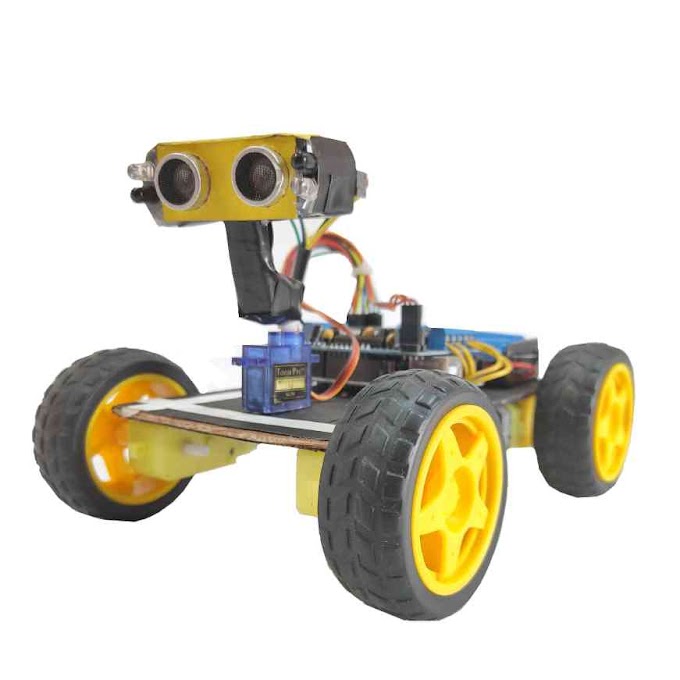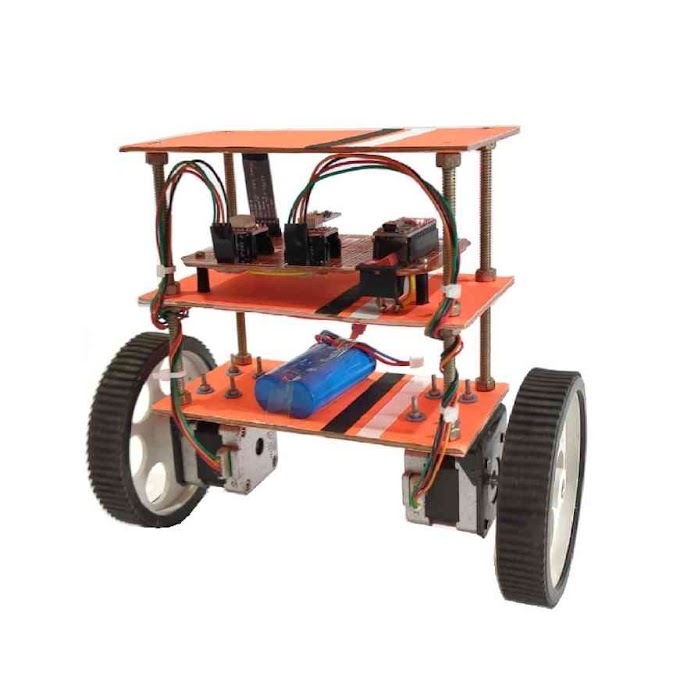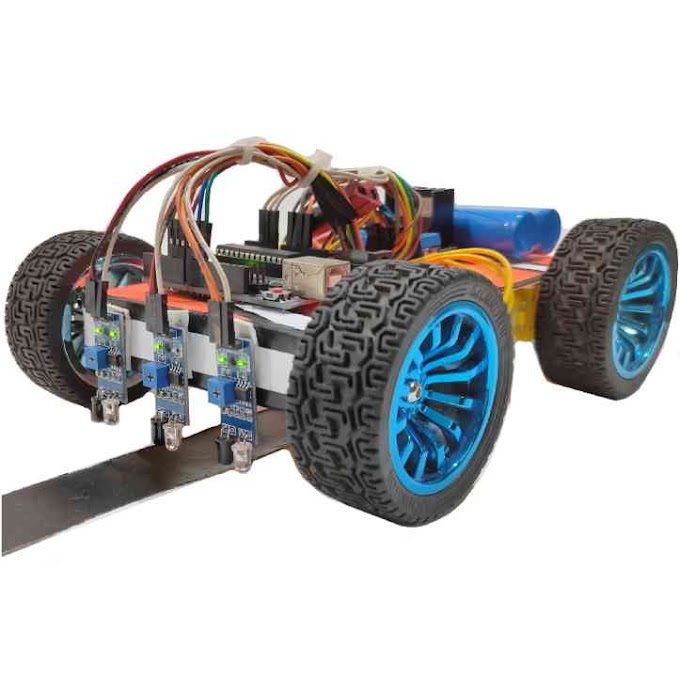What is POV Display?
The word POV stands for “Persistence of vision”. A POV display is a virtual display that create an illusion of different picture, text and graphics. In other words, the rotating LEDs of a moving system will make an illusion of some text or object. This visualized illusions are called POV display.
How POV display work?
The main working principal of POV display is the illusion of LED. When a number of LED rotate in high speed, it create an illusion. This illusion may be an object or picture. This virtual display has a specific starting point. To indicate the starting point in the POV display, you can use a sensor (Like IR sensor). Also there is a need of microcontroller to control the LED. A dc motor is also required to rotate the whole circuit at a high speed. This rotation will create the illusion, which is known as the POV display.
POV Display Full Form – The full form of POV display is “Persistence of Vision Display”.
POV Display using Arduino Nano –
At first take five LED and one Vero board. Then put the LEDs in the veroboard one by one. Once you have done this, take the soldering iron, and then soldier the LEDs in the veroboard. After this, you have to short all the negative pins of LEDs. After shorting all the negative pins, take a single piece of wire and connect it with the negative pins of LED. Also use some more pieces of wire to connect it with the positive pin of LED. Then connect the other end of the wires with berg strip. By using this berg strip we can further connect the LED with arduino nano. This is all about the connections of LED. Now you have to move to the next part.
Now take a suitable plastic container according to your requirement. Then make a hole exactly in the middle of the plastic container. After this, take a geared dc motor of 300 RPM. Now put the dc motor inside the hole and then fix the motor with the nuts. You may also use the motors of different RPM. After all this thing take a wooden piece of 20 centimeter. Now you have to rotate this wooden piece with the help of dc motor. To avoid any type of vibration I used a shaft coupling along with the wooden piece. Then I connect the wooden piece with the dc motor. Now you have to put the whole circuit over the wooden piece. But before putting the circuit, rotate the wooden piece to ensure that there is no vibration. If everything is ok, you may put the circuit on the wooden piece.
POV Display Circuit Connection –
Now take the circuit of LED, and fix it in the one side of wooden piece. Make sure that everything is placed properly, so that no vibration will come at the running time. After this connect the arduino nano at the other side of wooden piece. You may also use arduino uno instead of using arduino nano. At last take the jumper wires and do the connections as mentioned below.
Connection of Arduino in POV Display –
(1) Positive pin of LED1 – D2 pin of arduino nano
(2) Positive pin of LED2 – D3 pin of arduino nano
(3) Positive pin of LED3 – D4 pin of arduino nano
(4) Positive pin of LED4 – D5 pin of arduino nano
(5) Positive pin of LED5 – D6 pin of arduino nano
Finally connected the shorted negative pin of LEDs with the ground pin of arduino nano. After all this step, take the IR (Infrared) sensor and fix it in the one end of the wooden piece. Now you have to do the connections between IR sensor and arduino nano. Take a quick look in the connections listed below.
Connection of IR Sensor in POV Display –
(1) Connect the VCC pin of IR sensor with the +5 Volt pin of arduino nano.
(2) Connect the GND pin of IR sensor with the ground pin of arduino nano.
(3) Connect the signal pin of IR sensor with the A0 pin of arduino nano.
After all this connection, take a Lipo battery of 3.7 volt, and then place it exactly in the middle of the wooden piece. Make sure that the battery is fixed properly, otherwise it may cause vibration during rotation. Now you have to power up the arduino nano and dc motor. Here I have used two separate supply for motor and arduino.
(1) At first use the 3.7 volt battery to give the supply in arduino nano.
(2) Then use the 12 volt battery to give the supply in dc motor.
You may also use a potentiometer along with the dc motor to vary the speed of the motor. But this is not necessary at all. If you want, you may use the potentiometer, otherwise not. This is the end of circuit connection. Now move to the coding part.
POV Display Arduino Code –
In this section, I will let you know all the important steps regarding the coding in arduino nano. At first connect the arduino with your computer, and then open the Arduino IDE software. Now you have to do the coding in arduino. The sample code for POV display is given below.
The code is a sample one. You may modify it as per requirement. Now you have to change the name, that you want to display. You may write any type of text in this portion, and this text will be displayed by the LED. For better understand, you may take a look in the picture given below.
Now select the port and arduino type, and then upload the code in arduino. After uploading the code, you may notice the LEDs are blinking simultaneously. To avoid this problem we have to calibrate the IR sensor.
IR Sensor Calibration for POV Display –
To calibrate the IR sensor, we need to calibrate the potentiometer of the sensor. Before it, put a black line just below the IR sensor. It will help us to calibrate the IR sensor more easily. Change the value of potentiometer as per the requirement.
After calibrating the IR sensor, put the power in the motor and run the circuit. Now you can see the rotating LED will show the particular text, which you have written in the code. For better observation, you may start the experiment in a dark room. That’s all about the POV display. Hope you like the project.














